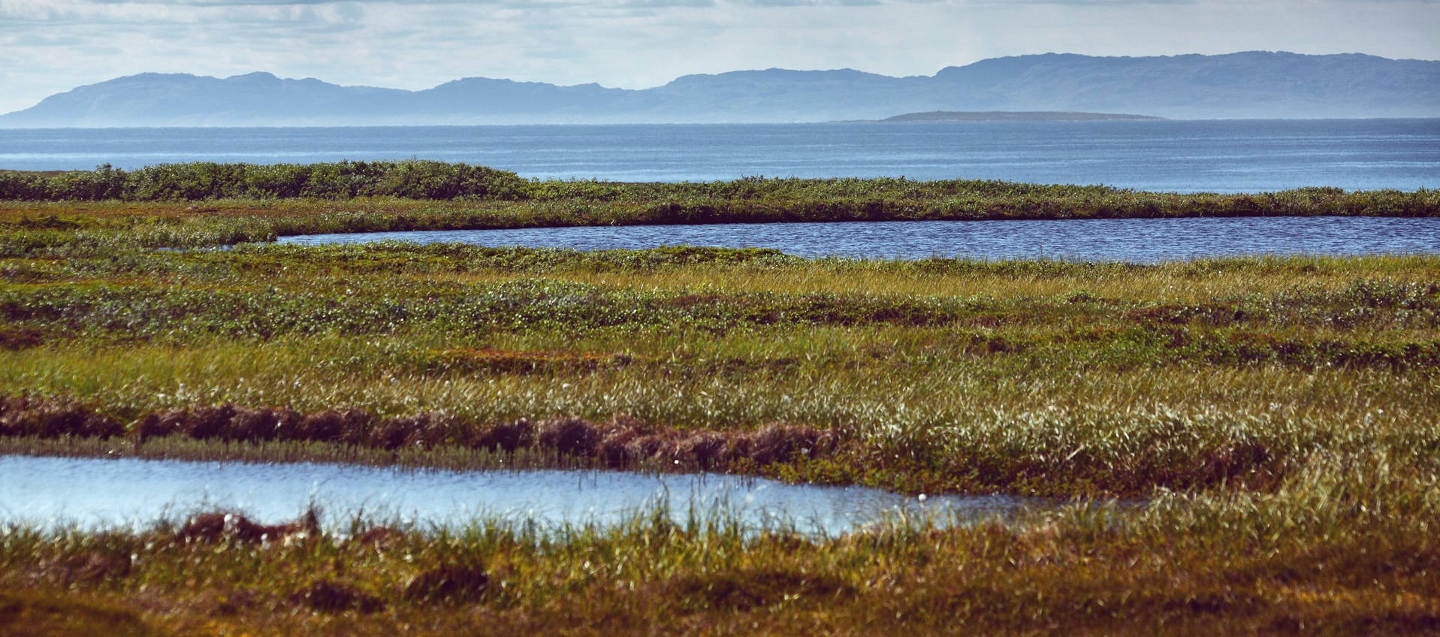
Mr. Firoz Ahmad and Dr. Laxmi Goparaju of VENHF have authored a research paper titled 'Soil and Water Conservation Prioritization Using Geospatial Technology – a Case Study of Part of Subarnarekha Basin, Jharkhand, India' in the international journal 'AIMS Geosciences'. The open access article can be accessed on the journal's website here. An excerpt from the abstract and the full paper is also reproduced below:
Changing patterns of land use and land cover have exploited the natural resources. Soil, water and forests are degraded, both quantitatively and qualitatively. Deforestation in recent years has led to changes in the environment and more of soil erosion and loss of potable water. In order to conserve and sustainably use soil and water, a watershed management approach is necessary. It helps in restoring water by increasing the infiltration and reducing the erosion of soil. Such measures should be propagated in rainfall deficit areas. The present study has attempted to study the upper watershed part of Subarnarekha basin in Jharkhand state of India. Remote sensing satellite data (Landsat 8 OLI/TIRS 2013) was used for delineation of the land use/land cover and vegetation index maps. Several thematic layers like slope, drainage and rainfall were integrated to achieve a priority area map using spatial multicriteria decision making. It delineated high medium and low priority areas within the watershed for soil and water conservation. The high priority area was 16.63% of the total study area. Further, the causes were analysed and conservation measures proposed.
We congratulate the authors
{aridoc engine="google" width="100%" height="480"}embeds/soil-water-conservation-venhf-2017.pdf{/aridoc}

